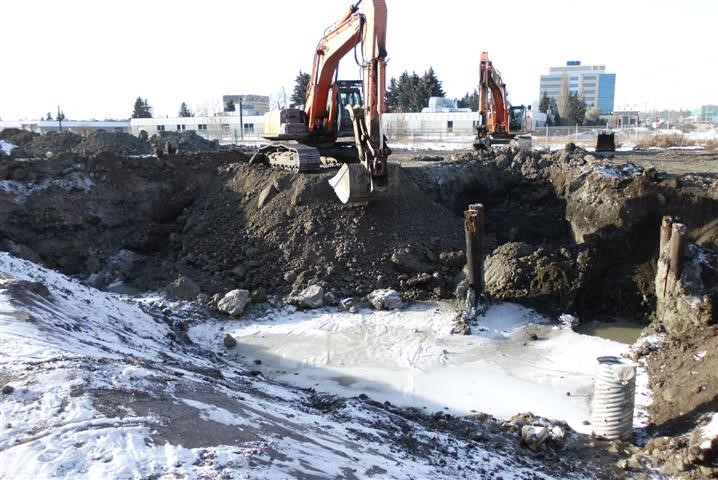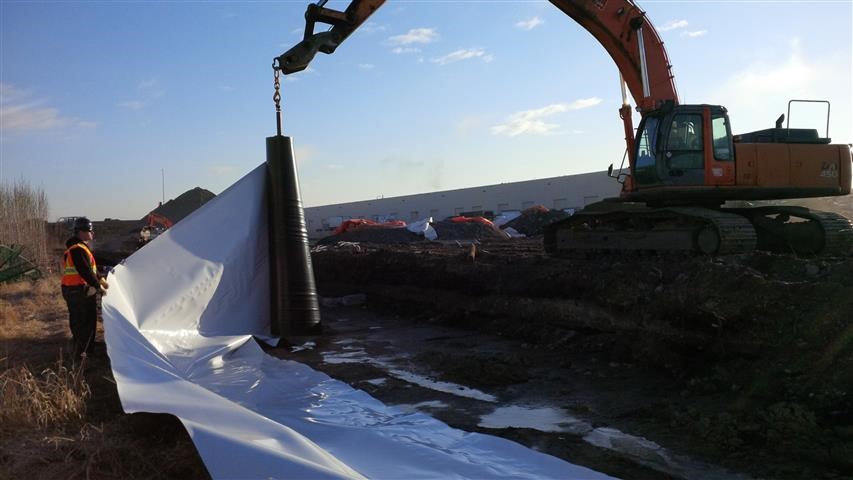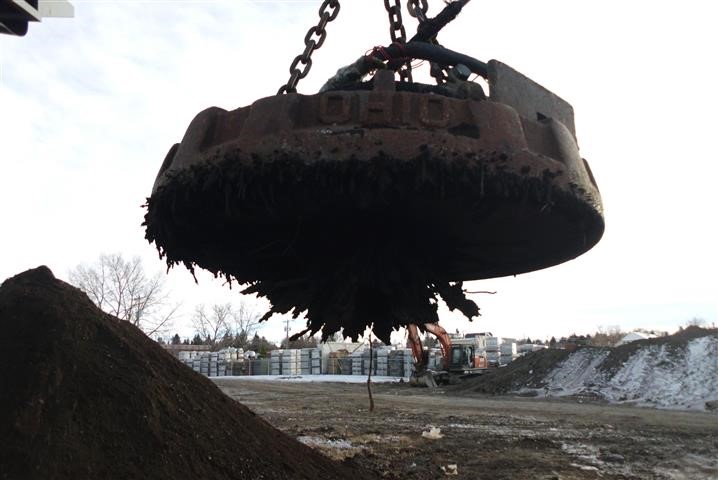Project Details
Phase I ESA:
Ballast Environmental conducted a Phase I ESA on an industrial property that manufactured wire products (subject site). The subject site was approximately 16,000 m2 in size and had been an active industrial site since the 1950’s. The site was complex in that there were five different sources of contamination caused by adjacent properties and previous on-site tenants (fuel station, card lock site, metal foundry and transformer). The Phase I ESA was instrumental in determining the sources of contamination and assigning the liability for the remediation to the responsible parties.
Phase II ESA:
A Phase II ESA was completed to compliment previously completed subsurface investigations. The Phase II ESA confirmed the soils were contaminated with hydrocarbons (from underground storage tanks, aboveground storage tanks, adjacent main rail line and solvents) and metals. The groundwater was contaminated with hydrocarbons and metals. The soils in the area of the previous underground storage tank contained a flashpoint that was considered hazardous and as such could not be hauled off site. It was also discovered the majority of the site was backfilled with spent foundry sand and debris from the previous foundry located adjacent to the site. The spent foundry sand was contaminated with polycyclic aromatic hydrocarbons (PAHs), chromium and nickel with some pockets of copper and molybedenum and there was estimated to be a volume of approximately 70,000 tonnes.



